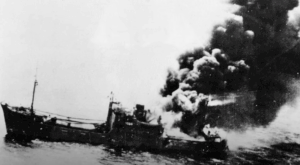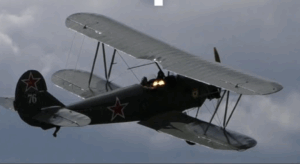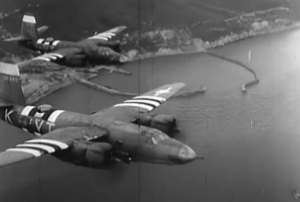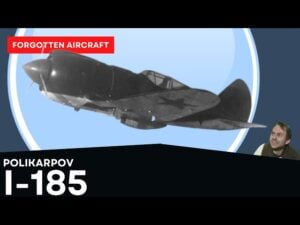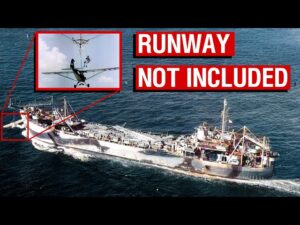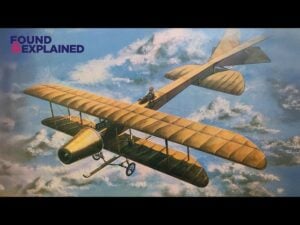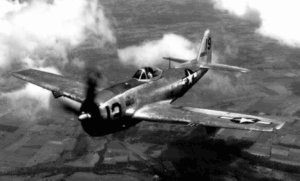Most Iconic U.S. Aircraft That Dominated the Skies in World War II
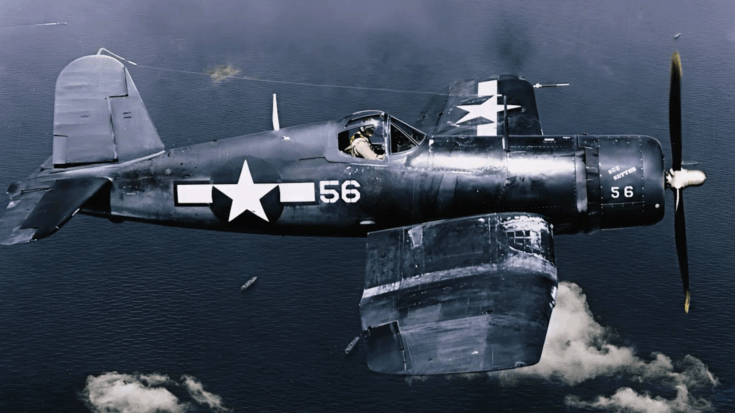
DroneScapes / YouTube
In World War II, the United States produced a variety of aircraft that proved crucial across different theaters. These planes played roles from high-altitude interception and long-range bombing to dive bombing and night fighting. Their development and deployment reflected both technological progress and the urgent demands of wartime.
Curtiss P‑40 Warhawk
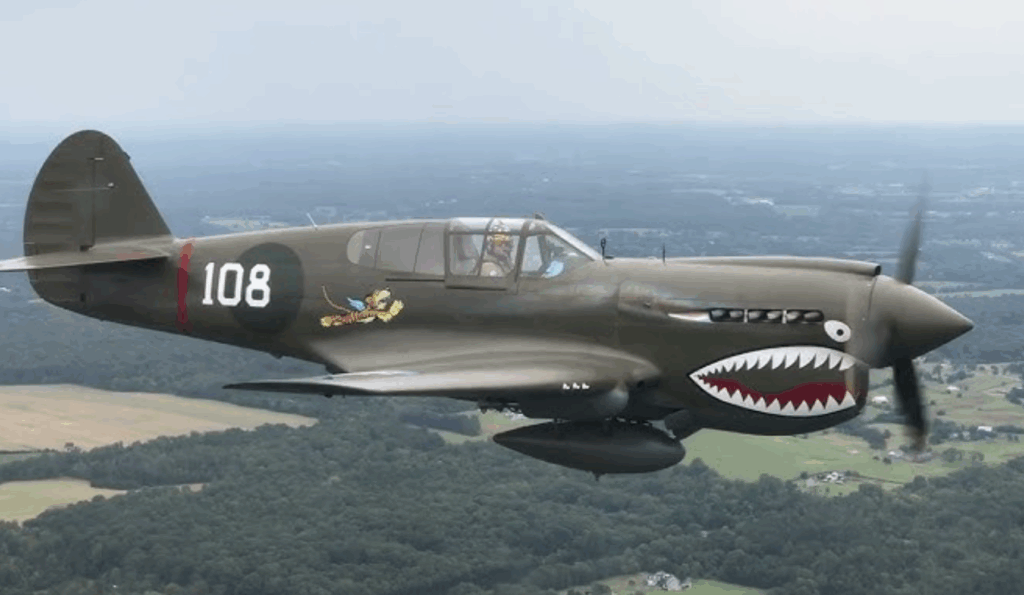
This single-engine fighter first flew in 1938 and entered service in 1939. It saw extensive action in North Africa, the Pacific, and China. Pilots flying P‑40s became aces, and the plane earned a reputation for toughness and adaptability. While it lacked the high-altitude performance of newer fighters, it excelled at lower levels and remained in combat frontlines until 1944.
Republic P‑47 Thunderbolt
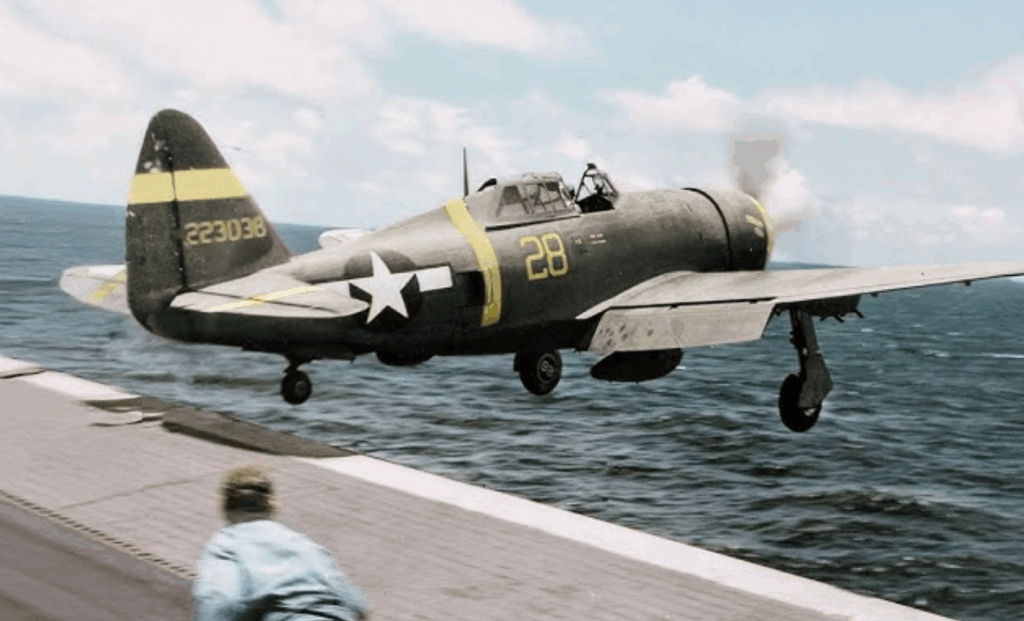
This powerful fighter-bomber carried heavy armament and thick armor. Its eight .50‑caliber machine guns and robust engine allowed it to escort bombers and tackle ground targets deep behind enemy lines. The P‑47 became known for delivering effective close air support in Europe.
North American P‑51 Mustang
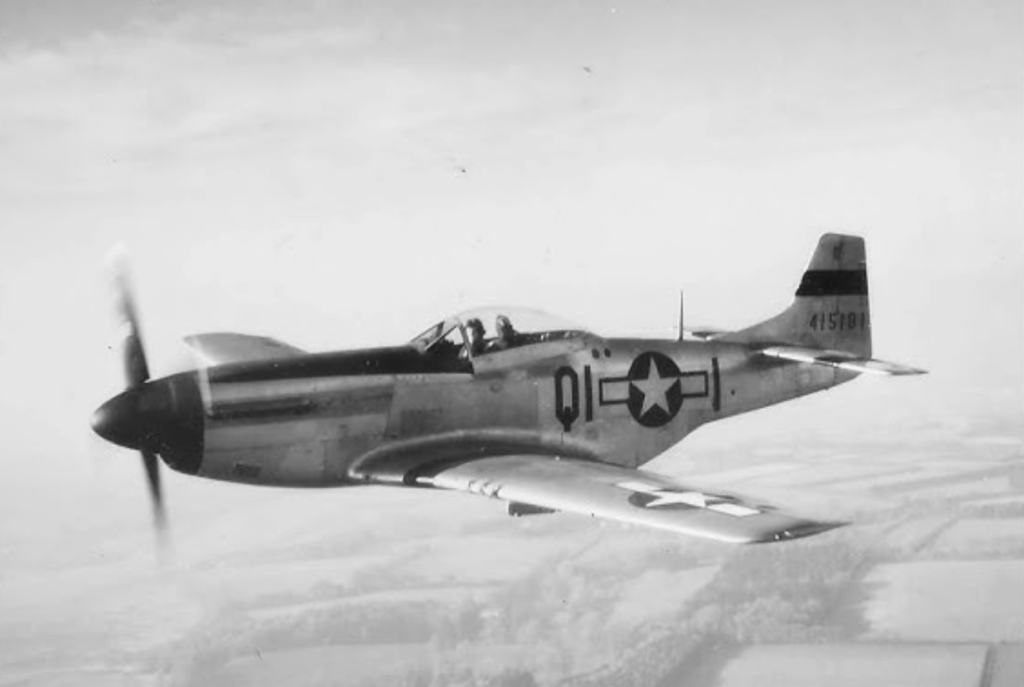
Designed initially for low-altitude work, this fighter became a long-range escort when fitted with a Rolls‑Royce Merlin engine. Its speed and range let it protect bombers all the way to Berlin, making it one of the most respected fighters of the war.
Lockheed P‑38 Lightning
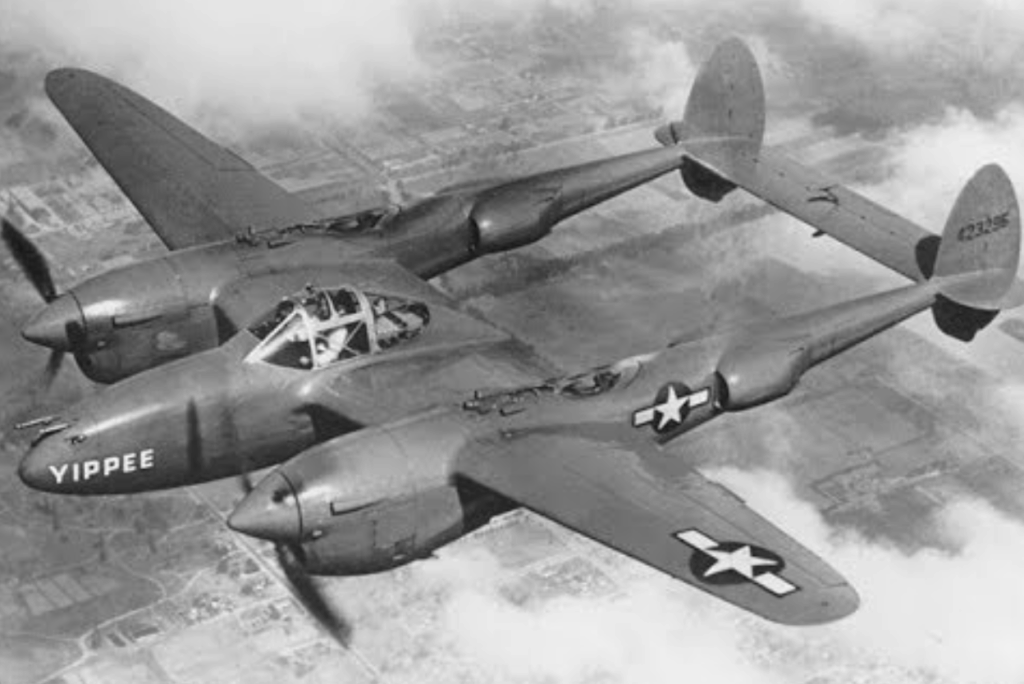
This twin‑boomed fighter served in both air-to-air and ground-attack roles. Its long range made it ideal for operations in the Pacific, and it achieved success in intercepting enemy aircraft and providing support to ground troops.
Bell P‑39 Airacobra
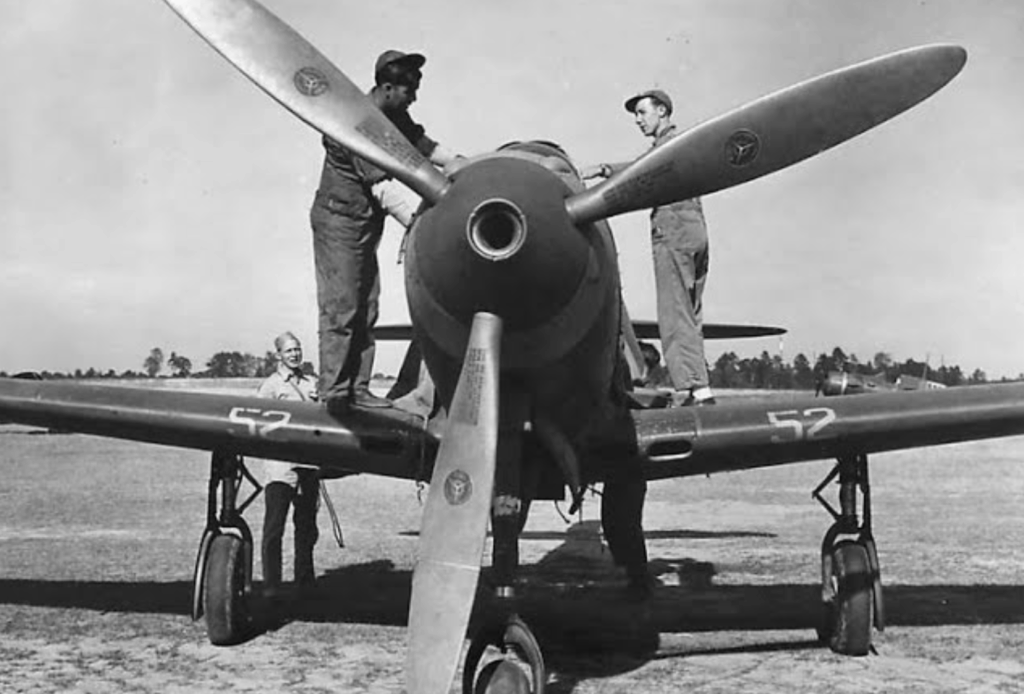
Mounted with a cannon in the nose and using tricycle landing gear, this aircraft found more success with Soviet pilots on the Eastern Front than with American forces. They used it effectively in low-altitude combat.
Grumman F4F Wildcat & F6F Hellcat
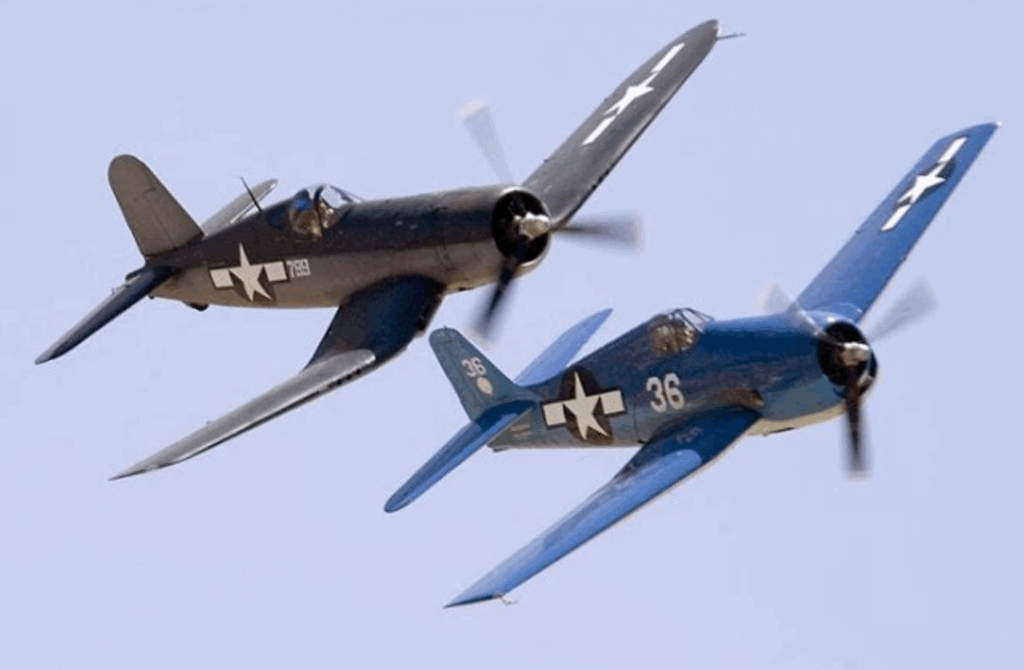
These carrier-based fighters secured American control over the Pacific. The Wildcat held its ground early in the war, and the Hellcat later dominated Japanese fighters, especially during clashes like the Battle of the Philippine Sea.
Vought F4U Corsair
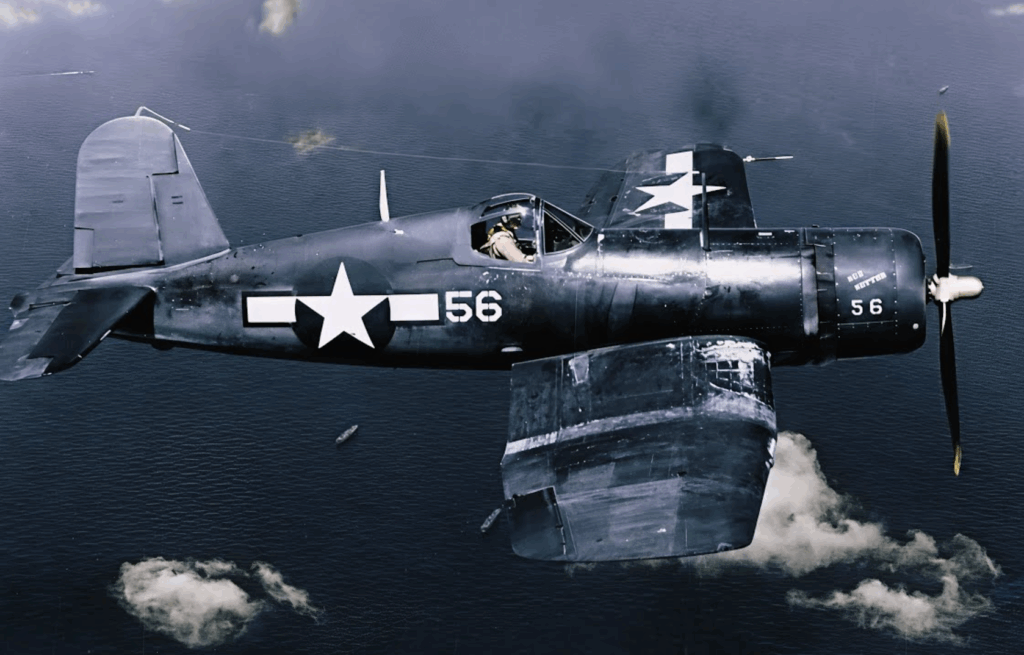
Notable for its distinctive gull wings, this carrier and land-based fighter served in the Pacific. It combined speed and firepower, becoming especially feared in Marine hands when deployed from land bases.
Northrop P‑61 Black Widow
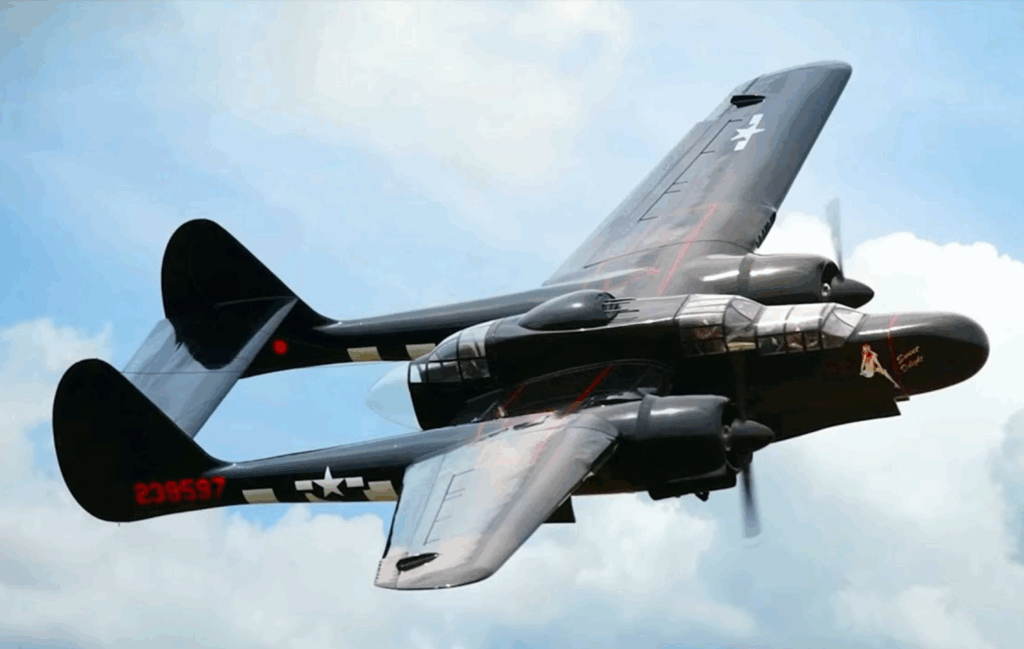
This twin-engine night fighter featured onboard radar and used .50-caliber guns and 20 mm cannons. It was the first U.S. aircraft designed from the start for night combat.
B‑17 Flying Fortress & B‑24 Liberator
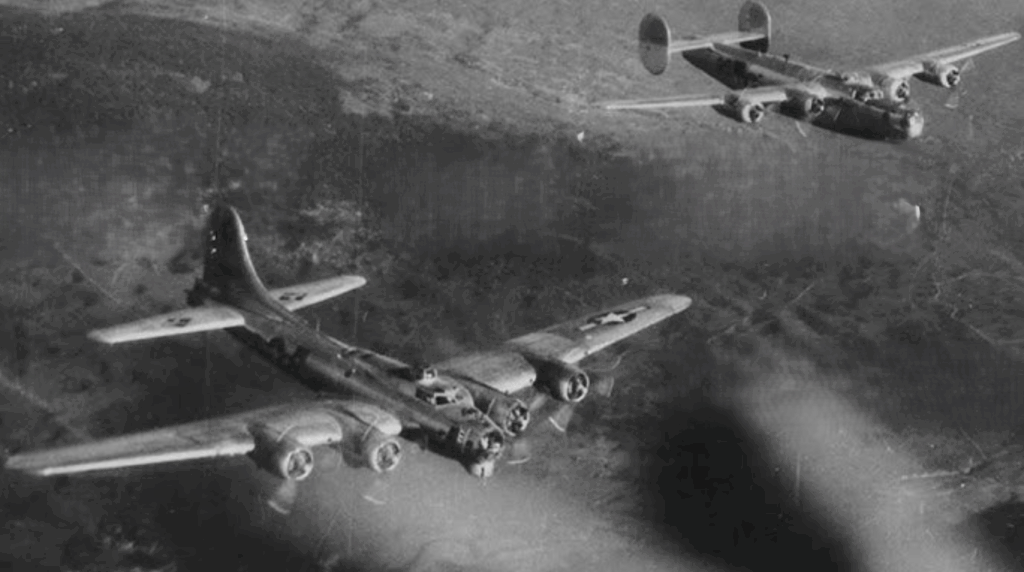
These heavy bombers formed the backbone of the Allied strategic bombing campaign over Europe. The B‑17 was famed for its durability and formation bombing, while the B‑24 offered longer range and heavier payloads.
B‑25 Mitchell & B‑26 Marauder
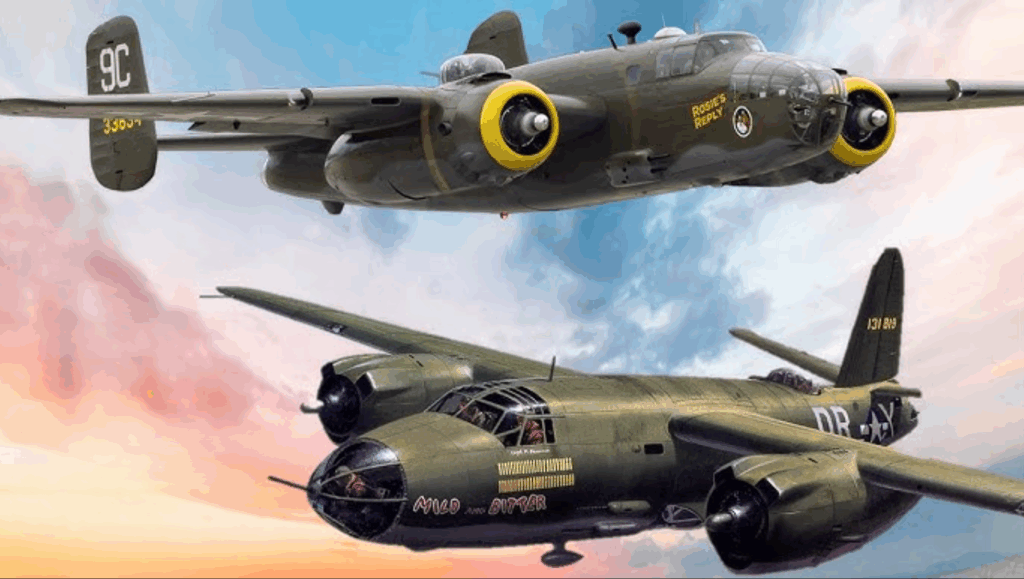
These medium bombers carried out level bombing and low-level strikes. The B‑25 gained fame with the Doolittle Raid on Tokyo, while the B‑26 was prized for speed and armor in tactical roles.
B‑29 Superfortress
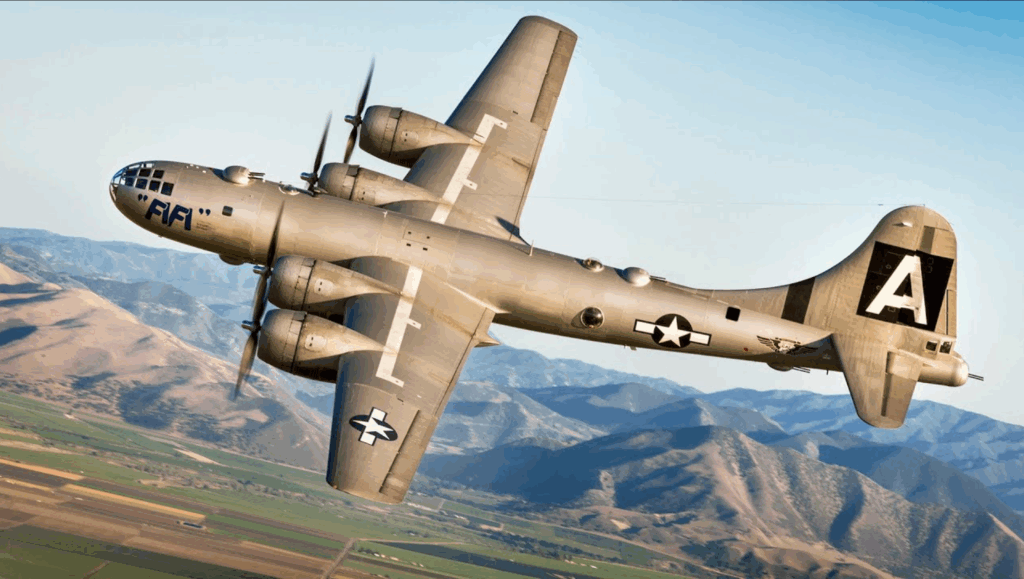
A four-engine bomber with pressurized cabins and remote-controlled guns, it flew long-range missions over Japan and dropped the atomic bombs that helped end the war.
Douglas A‑20 Havoc, SBD Dauntless & SB2C Helldiver
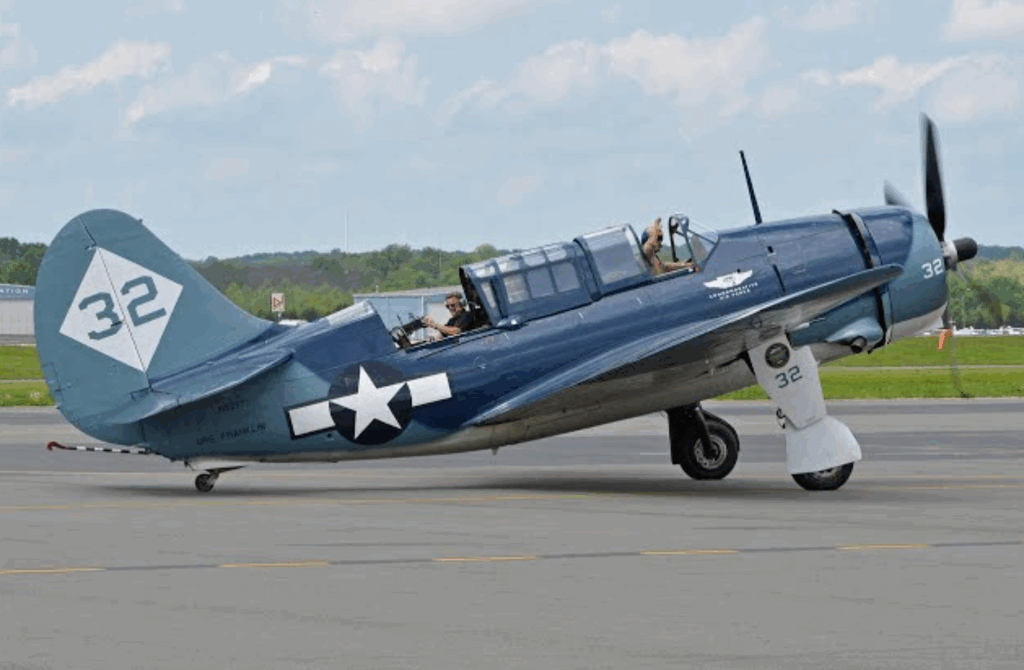
The A‑20 was a fast light bomber. The SBD dive bomber sank four Japanese carriers at Midway and earned the nickname “Slow But Deadly.” Despite being replaced by the SB2C Helldiver in 1944, the Dauntless remained active until war’s end.
Grumman TBF Avenger
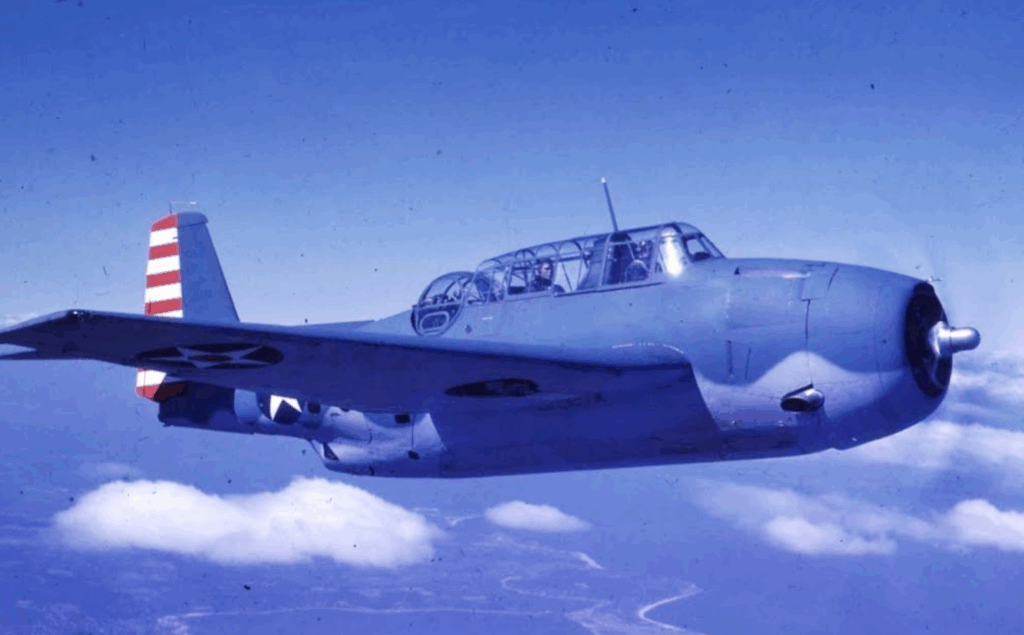
This torpedo bomber carried heavy torpedoes and bombs. It proved its value at Midway and continued supporting naval operations through the Pacific.













